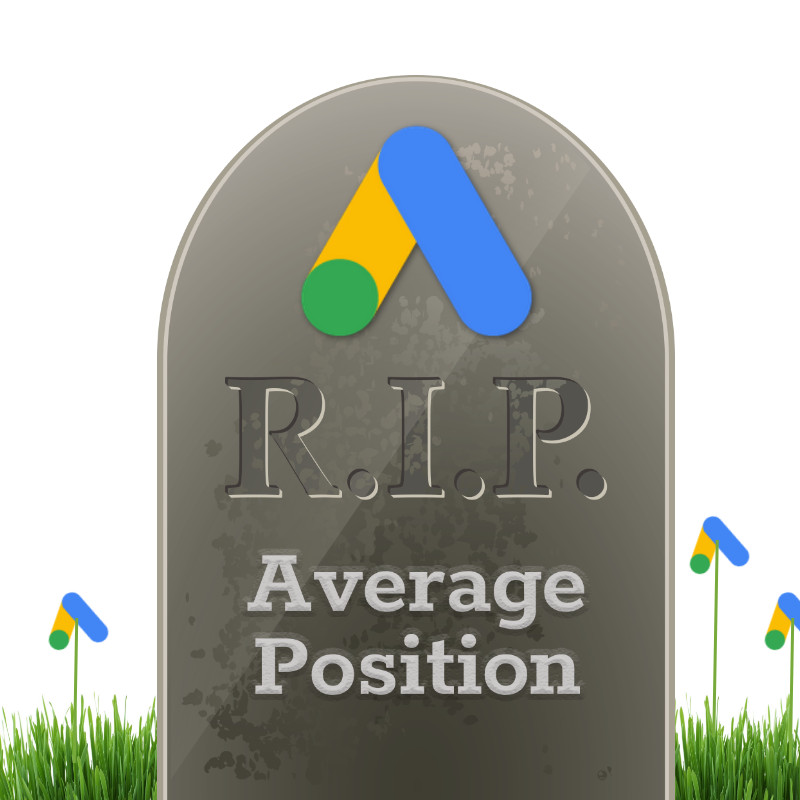
Earlier this year, Google announced that it would retire the “average position” metric from Google Ads. The news was both surprising and unsurprising for PPC marketers. On the one hand, this metric has been used for 15+ years, and it feels like a part of Google Ads’ DNA. On the other hand, it has become steadily less reliable and useful in recent years, both as a measurement of where ads appear on page and as a tool for bidding on ad slots.
Despite average position’s shortcomings, it remained popular with brands and marketers. With Google’s announcement, many wondered how they would manage without this metric.
Thankfully, Google introduced new metrics in late 2018 that can be used in place of average position. In most cases, these metrics will offer a more accurate sense of where ads appear in search results.
Wondering how this change will affect your business? Let’s find out…
Why Is Google Getting Rid of Average Position?
In the early days of Google AdWords, average position was one of its most important metrics and tools. But over time, its accuracy and utility have steadily decreased.
Originally, average position was a reliable measure of where your ad was located on the page. Based on the average position metric, you had a strong sense of where your ads appeared in search results. But as Google made changes to ad layouts and ad formats, that started to change.
Today, a #1 position can have you at the top of the page for certain search results. On others, it will appear near the bottom. But that change in ad location isn’t reflected by the average position metric.
What’s more, there’s a much bigger gap today between top-of-page and bottom-of-page ads. When Google removed ads from the right column of search results, it eliminated valuable real estate for mid-ranked ads.
Now, the question isn’t: “What’s your ad position?”
Instead, it’s: “Does your ad appear at the top of the page?”
What’s Replacing the Average Position Metric?
Google didn’t want to get rid of average position without replacing it. So in late 2018, it introduced a set of new metrics, including:
- Absolute Top Position Rate: The percentage of your ads that appear at the absolute top of a given page.
- Top Position Rate: The percentage of your ads that appear within the top section of ads on a given page.
- Absolute Top Impression Share: The number of impressions you’ve received in the absolute top position divided by the estimated number of top position impressions that you were eligible to receive.
- Top Impression Share: The number of impressions you’ve received in top-of-page positions divided by the estimated number of absolute top position impressions that you were eligible to receive.
These metrics give you a much more accurate sense of where your ads are actually appearing in search results. So if your goal is to measure the placement of your ads or maximize the number of impressions your ads receive, these new metrics will be a welcome change from average position.
How Will Brands & Marketers Adapt?
In the vast majority of cases, the retirement of average position will have a neutral or positive effect on Google Ads campaigns. Brands and marketers will have a more accurate sense of ad placement, and it will be easier to target top-of-page positions.
The important thing is that you’re proactive. If rely on average position until it disappears, you’ll have a rocky transition to the new metrics. But if you familiarize yourself with the new metrics ahead of time, you’ll make the switch much more easily.


